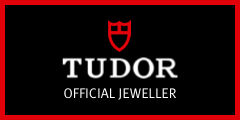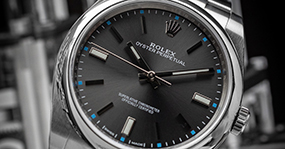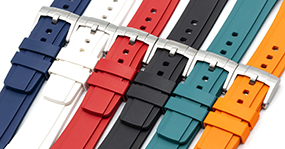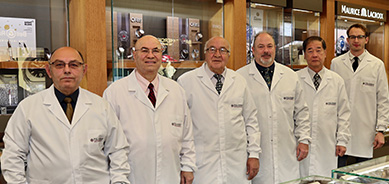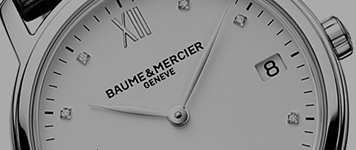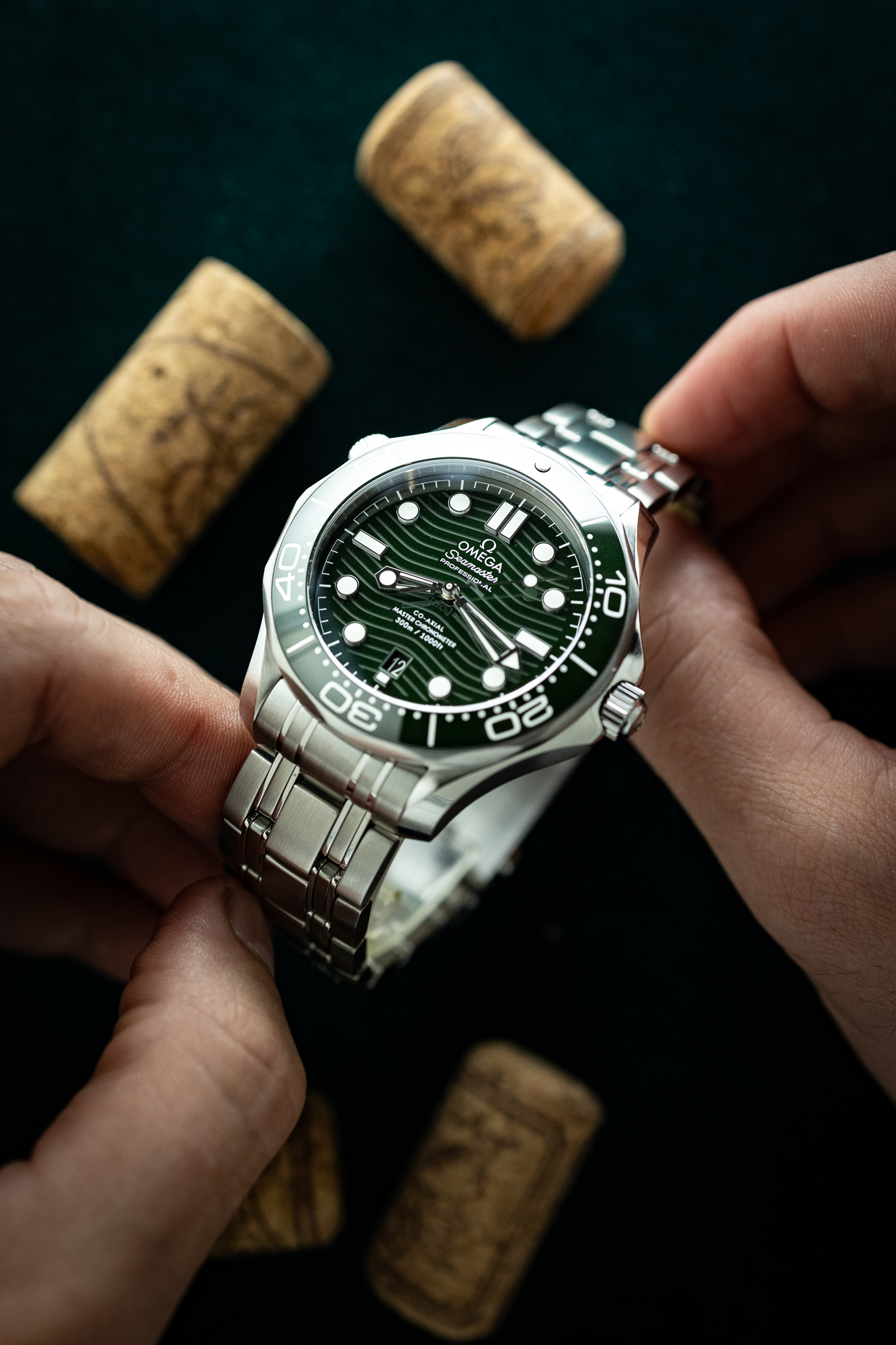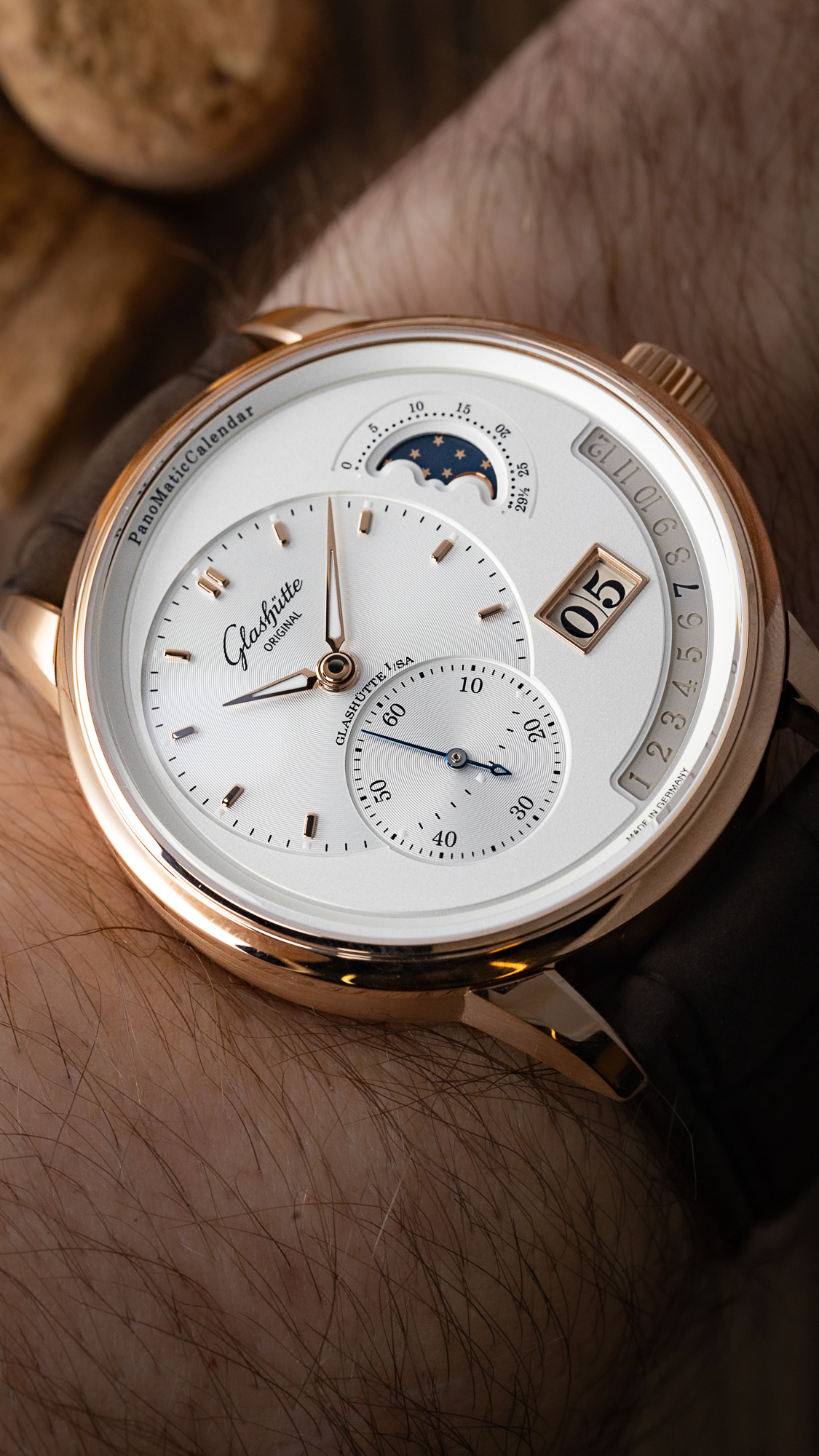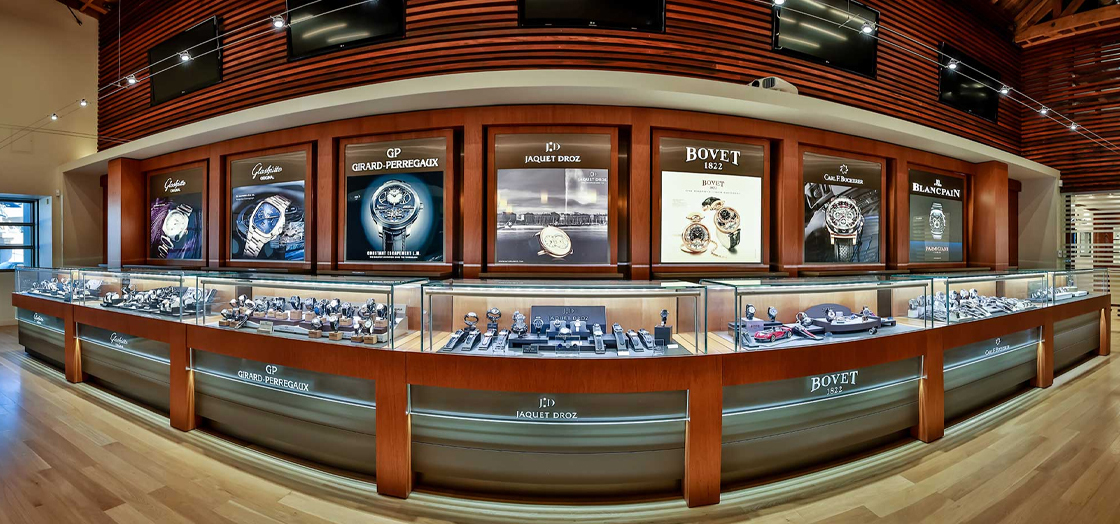
What is METAS? COSC? Everything You Need to Know
Hot take: a watch that can’t tell time accurately isn’t worth very much. Conversely, accurate timepieces are highly regarded, often esteemed as the pinnacle of technological craftsmanship. For centuries, watches have been judged on three criteria: quality, durability, and accuracy. These may seem relatively simple and straightforward, but they are a crucial touchstone for watch aficionados. It should come as no surprise that, since the 19th century, institutions founded with the express purpose of testing and certifying watches have become crucial to the world of watches. Some of these have familiar abbreviations like METAS and COSC. Let’s explore the science behind these organizations.
COSC
Perhaps the most well known of these institutions was founded in La Chaux-de-Fonds, Switerland in 1973—the Contrôle Officiel Suisse des Chronomètres (COSC), Official Swiss Chronometer Testing Institute in English. In the past 50 years, COSC has tested and certified countless Swiss watch movements for luxury watch companies such as Rolex, Omega, Breitling, Tudor, and TAG Heuer.

- The average deviation from Atomic Time over a ten day period, which is the daily rate.
- The consistency of that deviation.
- The greatest variation in the daily rate.
- The rate variation in both horizontal and vertical positions, which measures precision and accuracy.
- Rate variation under varying temperatures.
- Variation in rate between the beginning of the testing and the end of the testing.
If a watch movement passes each of these tests within acceptable parameters, it receives the sought-after COSC certification.
METAS
With their history of technological innovation, Omega decided to take things a step further. They developed a revolutionary, more stringent standard—the Swiss Federal Institute of Metrology (METAS) Master Chronometer Certificate.
In order to receive METAS Master Chronometer certification, a watch must be Swiss made, and must have already received COSC certification. It must then pass a series of additional, exceptionally rigorous tests, over a ten day period:
- Magnetic exposure testing—a METAS certified watch, both the movement and the watch as a whole, must withstand a magnetic field of 15,000 gauss.
- Water resistance testing—the watch must meet the water resistance specifications of the manufacturer.
- Power reserve testing—the watch must meet the power reserve specifications of the manufacturer.
- Accuracy testing—the watch must stay within a five second variation throughout a four-day testing period, under both 100% and 33% power.
- Rate deviation testing—the watch is tested in six different positions over time, changing every 60 seconds, and must achieve a rate deviation of (0 +5).
- Isochronism—tests the precision of the watch under low power reserve.
Not only is the METAS testing process completely transparent, should you purchase a METAS certified watch, you can view the testing results of your exact watch by entering the certificate number of your timepiece online.
Should a timepiece pass all these tests, it becomes double certified, in both COSC and METAS.
DIN 8319
The Glashütte Observatory was opened in 1910 in Glashütte, Germany, with the intention of establishing the town as a German hub of watchmaking. In the early 2000s, the iconic building became the home of the Chronometer Observatory, a watch certification program that follows the standards set out in the DIN 8319, the German equivalent of the Swiss COSC certification.
The Glashütte Observatory is Germany’s only location for testing German-made chronometers, such as Glashütte Original, although they also test chronometers for other watch companies made outside the country.
Unlike COSC, which tests a watch’s movement outside of the housing, the Glashütte Observatory only tests complete watches with zero reset mechanism of the seconds hand. In order to receive certification, they must meet standards of precision and accuracy meticulously defined in the DIN 8319.
Discover all the METAS Master Chronometer certified luxury watches at Feldmar. Browse our online store or stop into our flagship location.

